Scientists Speak To Humpback Whale In Historic Experiment
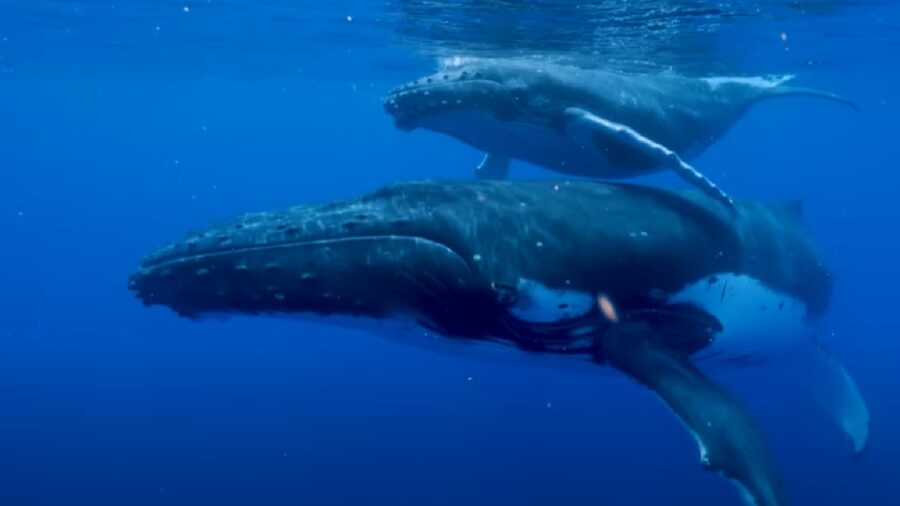
Scientists on the Whale-SETI team have successfully communicated with a humpback whale named Twain, having a 20-minute “conversation” with the aquatic animal. This historic experiment involved a recorded whale call that the team played into the ocean using an underwater speaker, which led Twain to circle their boat and respond using a “greeting signal.” The exchange lasted for 20 minutes, and Twain would match the interval variations from the team’s calls, indicating that the two parties were indeed communicating with each other.
Talking In Whale
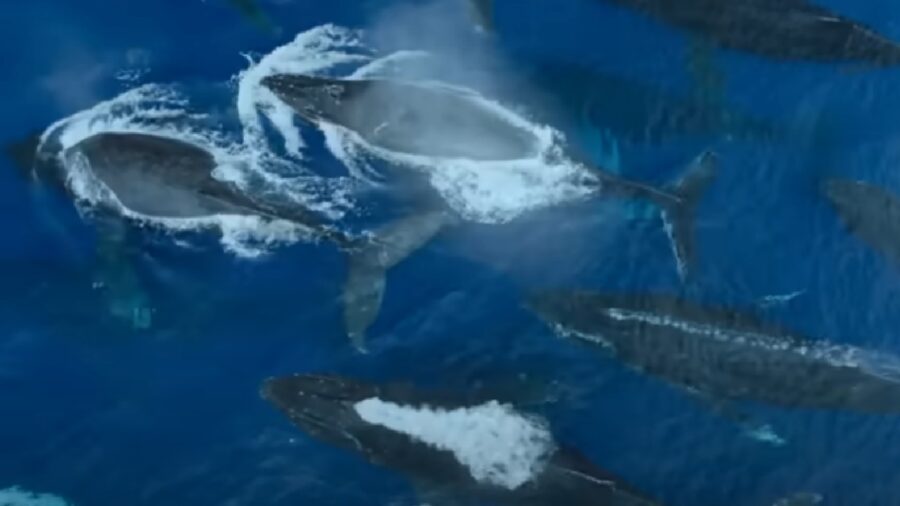
The team communicating with the humpback whales is made up of scientists from the SETI Institute, the University of California Davis, and the Alaska Whale Foundation. The SETI Institute is conducting this research as part of an effort to develop intelligence filters for communication that could help in the search and contact with extraterrestrial life. What has resulted is a truly unprecedented experiment that has some incredibly interesting implications.
First Documented Case Of A Whale-Human Conversation
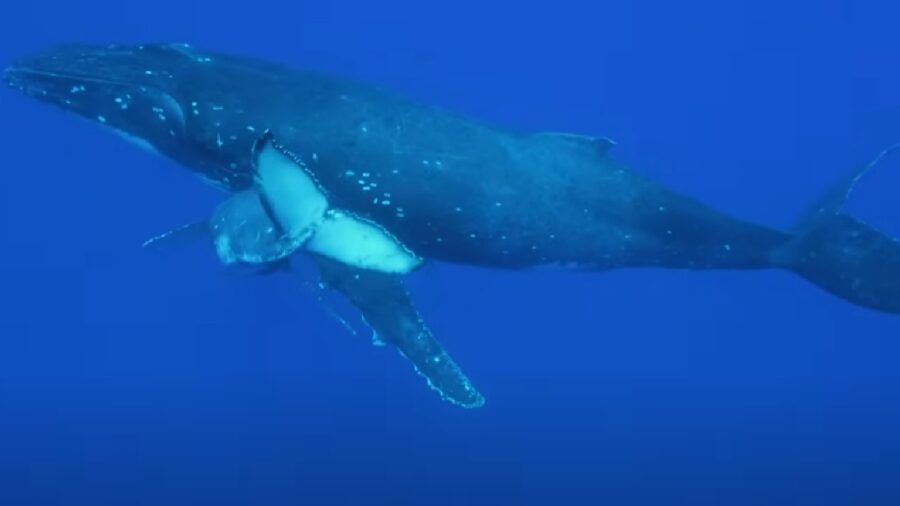
The encounter with the humpback whale named Twain was detailed in the journal Peer J, and the lead author of the study, Dr. Brenda McCowan of UC Davis, talked about just how incredible this encounter was, saying, “We believe this is the first such communicative exchange between humans and humpback whales in the humpback ‘language.” In other words, we’ve essentially talked to another animal in their language, which is incredibly cool no matter how you look at it.
Help Search For Alien Life
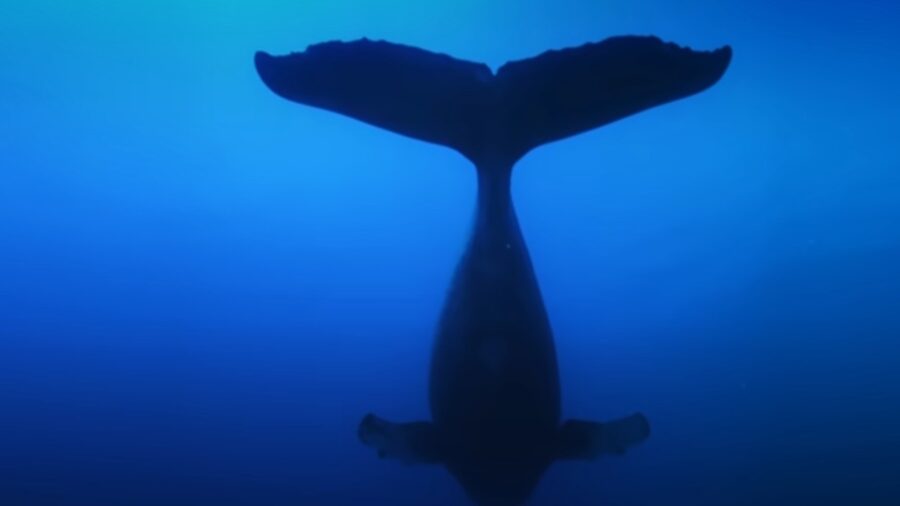
As for the possibilities of this humpback whale communication for search for extraterrestrial life, Dr. Laurance Doyle of the SETI Institute explained, “Because of current limitations on technology, an important assumption of the search for extraterrestrial intelligence is that extraterrestrials will be interested in making contact and so target human receivers,” adding, “This important assumption is certainly supported by the behavior of humpback whales.” In other words. Of course, the Whale-SETI team won’t be wrapping up the experiment after this groundbreaking conversation, as one of their next objectives is to study the non-audio communication of these whales.
The paper will specifically focus on the bubble rings that humpback whales sometimes make around humans. The study may even reveal that these bubble rings are made by the whales specifically for humans, which would definitely be an interesting finding. In the meantime, the team is also focusing on using the mathematics of information theory to further decode the complexity and structure of the messages received from the whales.
Whale Dialects
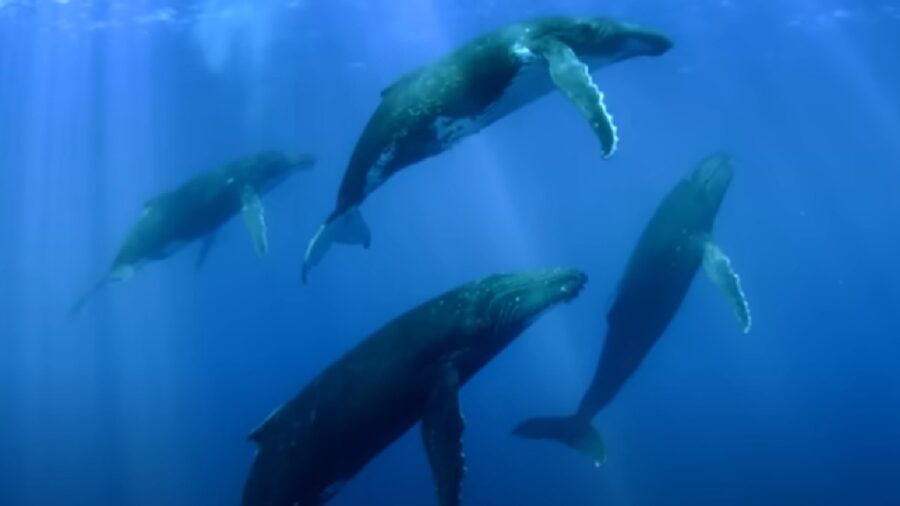
It will be interesting to see what else Whale-SETI can reveal with its continued research into humpback whales, especially because the team has already had quite a few exciting discoveries. In addition to the recent 20-minute conversation with Twain, the team identified patterns and variations in whale songs that indicated intentional communication. They also found out that different species have varied patterns, meaning they may have distinct dialects amongst species.
Searching For Patterns Using AI
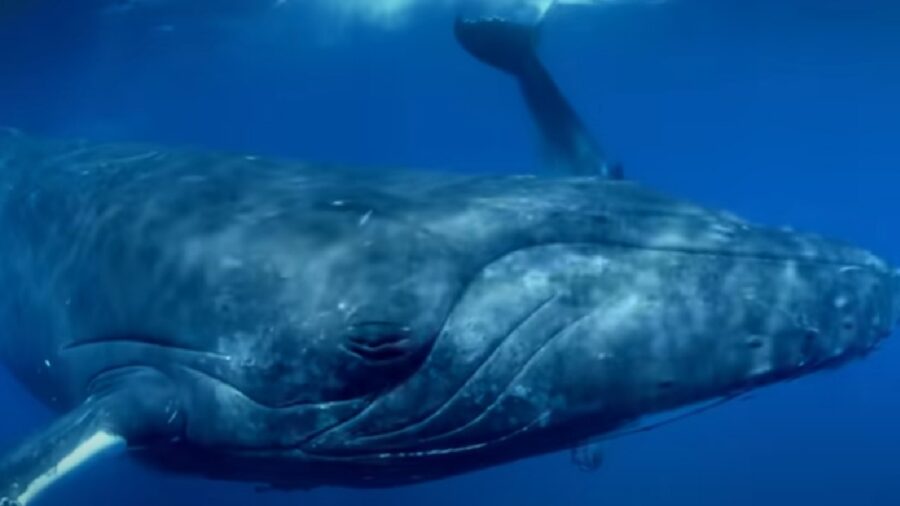
The Whale-SETI team is certainly conducting fascinating work, and the technology they’re using is fairly interesting as well. The scientists are recording whale sounds and using AI that is trained on whale calls and human language to look for language-like patterns in the whale sounds. This has allowed the team to effectively communicate with the humpback whales, and hopefully, we’ll get to hear a lot more of this incredible insights as the Whale-SETI team continues to uncover more information about whale language and communication.
Source: PeerJ











